Colour: Pale blue with matching hardtop and black soft-top and interior Cylinders: 8; 5,360cc Gears: not stated Power: 250bhp Produced: 1953 to date Production: 15,376 (convertibles, 1965) Back in 1953, Chevrolet’s launch of a two-seater sports car was a radical departure for a marque hitherto associated almost exclusively with sensible family transport. Based on the 1952 EX-122 show car, the Corvette made use of existing GM running gear and a shortened chassis frame, around which was wrapped striking Harley Earl-styled glassfibre coachwork. Motive power came from Chevrolet’s 235.5ci (3.8-litre) overhead-valve straight six and, unusually for a sports car, there was automatic transmission, a feature that attracted much adverse criticism at the time. Intended as competition for the T-Series MG, the Corvette cost way above the target figure, ending up in Jaguar XK120 territory but with an inferior performance. Sales were sluggish initially and the model came close to being axed, surviving thanks to Chevrolet’s need to compete with Ford’s Thunderbird. A V8 engine for 1955 and a radical re-style for ’56 had consolidated the Vette’s position in the market before arrival of the heavily revised ‘Sting Ray’ version. Introduced for 1963, the Sting Ray sported a totally new ladder-type chassis, and for the first time there was a Gran Turismo coupé in the range. As had been the case with the previous (1956-62) generation of Corvettes, development proceeded slowly, being characterised by annual facelifts and few engineering changes of note. On the latter front, the long-overdue arrival of four-wheel disc brakes was the most significant development for 1965, while Chevrolet’s 327ci (5.4-litre) standard V8 was joined by an optional 396ci (6.5-litre) Big Block for ’65 only, then a ‘427’ until the end of Sting Ray production in 1967. The ‘Stingray’, of course, continued and the Corvette would go on to become the world’s best-selling and longest-lived sports car. This 1965 Sting Ray convertible was imported into Europe from the USA in 2006 having been completely restored in San Francisco, California between 2001 and 2002. The car is fitted with a 327ci engine of correct type, although not its original. EU import duties have been paid and the car is offered with old State of California Certificate of Title. • Fully restored • First model with all-round disc brakes 1965 Chevrolet Corvette Sting Ray décapotable Châssis no. 194675S112397 Couleur : Bleu pâle avec hard-top correspondant, toit souple et intérieur noirs Cylindres : 8 / 5 360 cm3 Vitesses : non spécifié Puissance : 253 ch (DIN) Années de production : 1953 à nos jours Exemplaires produits : 15 376 (modèles décapotables en 1965) Rétrospectivement, en 1953, le lancement par Chevrolet d’une voiture de sport à deux places était une tentative osée pour une marque jusqu’ici plutôt exclusivement associée aux véhicules à vocation familiale. Basée sur une concept-car baptisée EX-122 de 1952, la Corvette s’est appuyée sur l’expérience de General Motors en matière de train roulant et de châssis raccourci, à partir desquels une carrosserie en fibre de verre dessinée par Harley Earl a été dessinée. La puissance moteur provenait du six cylindres en ligne Chevrolet à soupapes en tête de 3,8 lites et, de façon inhabituelle pour une voiture de sport, la transmission était automatique, une option qui a attiré beaucoup de critiques défavorables au cours du temps. Destinée à rivaliser avec les MG séries T, la Corvette coûtait plus cher que sa concurrente désignée, approchant plutôt du segment de la Jaguar XK 120 mais avec des performances inférieures. Au début, les ventes ont décollé lentement et le modèle a été sur le point d’être abandonné, ne survivant finalement que grâce à la nécessité pour Chevrolet de concurrencer la Ford Thunderbird. Un moteur V8 en 1955 et une refonte radicale en 1956 ont consolidé la position de la Corvette sur le marché avant l’arrivée de la version profondément remaniée « Sting
Colour: Pale blue with matching hardtop and black soft-top and interior Cylinders: 8; 5,360cc Gears: not stated Power: 250bhp Produced: 1953 to date Production: 15,376 (convertibles, 1965) Back in 1953, Chevrolet’s launch of a two-seater sports car was a radical departure for a marque hitherto associated almost exclusively with sensible family transport. Based on the 1952 EX-122 show car, the Corvette made use of existing GM running gear and a shortened chassis frame, around which was wrapped striking Harley Earl-styled glassfibre coachwork. Motive power came from Chevrolet’s 235.5ci (3.8-litre) overhead-valve straight six and, unusually for a sports car, there was automatic transmission, a feature that attracted much adverse criticism at the time. Intended as competition for the T-Series MG, the Corvette cost way above the target figure, ending up in Jaguar XK120 territory but with an inferior performance. Sales were sluggish initially and the model came close to being axed, surviving thanks to Chevrolet’s need to compete with Ford’s Thunderbird. A V8 engine for 1955 and a radical re-style for ’56 had consolidated the Vette’s position in the market before arrival of the heavily revised ‘Sting Ray’ version. Introduced for 1963, the Sting Ray sported a totally new ladder-type chassis, and for the first time there was a Gran Turismo coupé in the range. As had been the case with the previous (1956-62) generation of Corvettes, development proceeded slowly, being characterised by annual facelifts and few engineering changes of note. On the latter front, the long-overdue arrival of four-wheel disc brakes was the most significant development for 1965, while Chevrolet’s 327ci (5.4-litre) standard V8 was joined by an optional 396ci (6.5-litre) Big Block for ’65 only, then a ‘427’ until the end of Sting Ray production in 1967. The ‘Stingray’, of course, continued and the Corvette would go on to become the world’s best-selling and longest-lived sports car. This 1965 Sting Ray convertible was imported into Europe from the USA in 2006 having been completely restored in San Francisco, California between 2001 and 2002. The car is fitted with a 327ci engine of correct type, although not its original. EU import duties have been paid and the car is offered with old State of California Certificate of Title. • Fully restored • First model with all-round disc brakes 1965 Chevrolet Corvette Sting Ray décapotable Châssis no. 194675S112397 Couleur : Bleu pâle avec hard-top correspondant, toit souple et intérieur noirs Cylindres : 8 / 5 360 cm3 Vitesses : non spécifié Puissance : 253 ch (DIN) Années de production : 1953 à nos jours Exemplaires produits : 15 376 (modèles décapotables en 1965) Rétrospectivement, en 1953, le lancement par Chevrolet d’une voiture de sport à deux places était une tentative osée pour une marque jusqu’ici plutôt exclusivement associée aux véhicules à vocation familiale. Basée sur une concept-car baptisée EX-122 de 1952, la Corvette s’est appuyée sur l’expérience de General Motors en matière de train roulant et de châssis raccourci, à partir desquels une carrosserie en fibre de verre dessinée par Harley Earl a été dessinée. La puissance moteur provenait du six cylindres en ligne Chevrolet à soupapes en tête de 3,8 lites et, de façon inhabituelle pour une voiture de sport, la transmission était automatique, une option qui a attiré beaucoup de critiques défavorables au cours du temps. Destinée à rivaliser avec les MG séries T, la Corvette coûtait plus cher que sa concurrente désignée, approchant plutôt du segment de la Jaguar XK 120 mais avec des performances inférieures. Au début, les ventes ont décollé lentement et le modèle a été sur le point d’être abandonné, ne survivant finalement que grâce à la nécessité pour Chevrolet de concurrencer la Ford Thunderbird. Un moteur V8 en 1955 et une refonte radicale en 1956 ont consolidé la position de la Corvette sur le marché avant l’arrivée de la version profondément remaniée « Sting
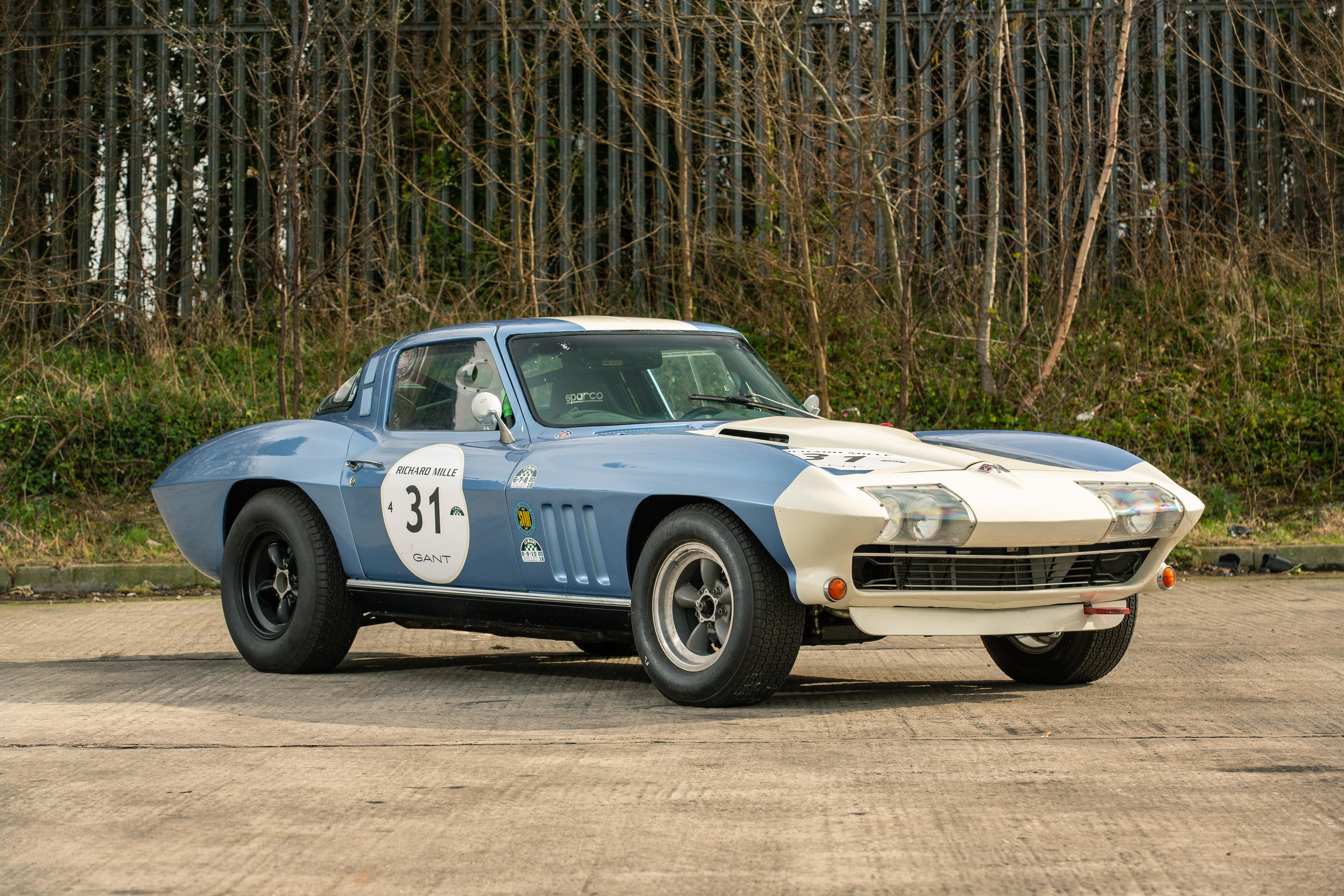





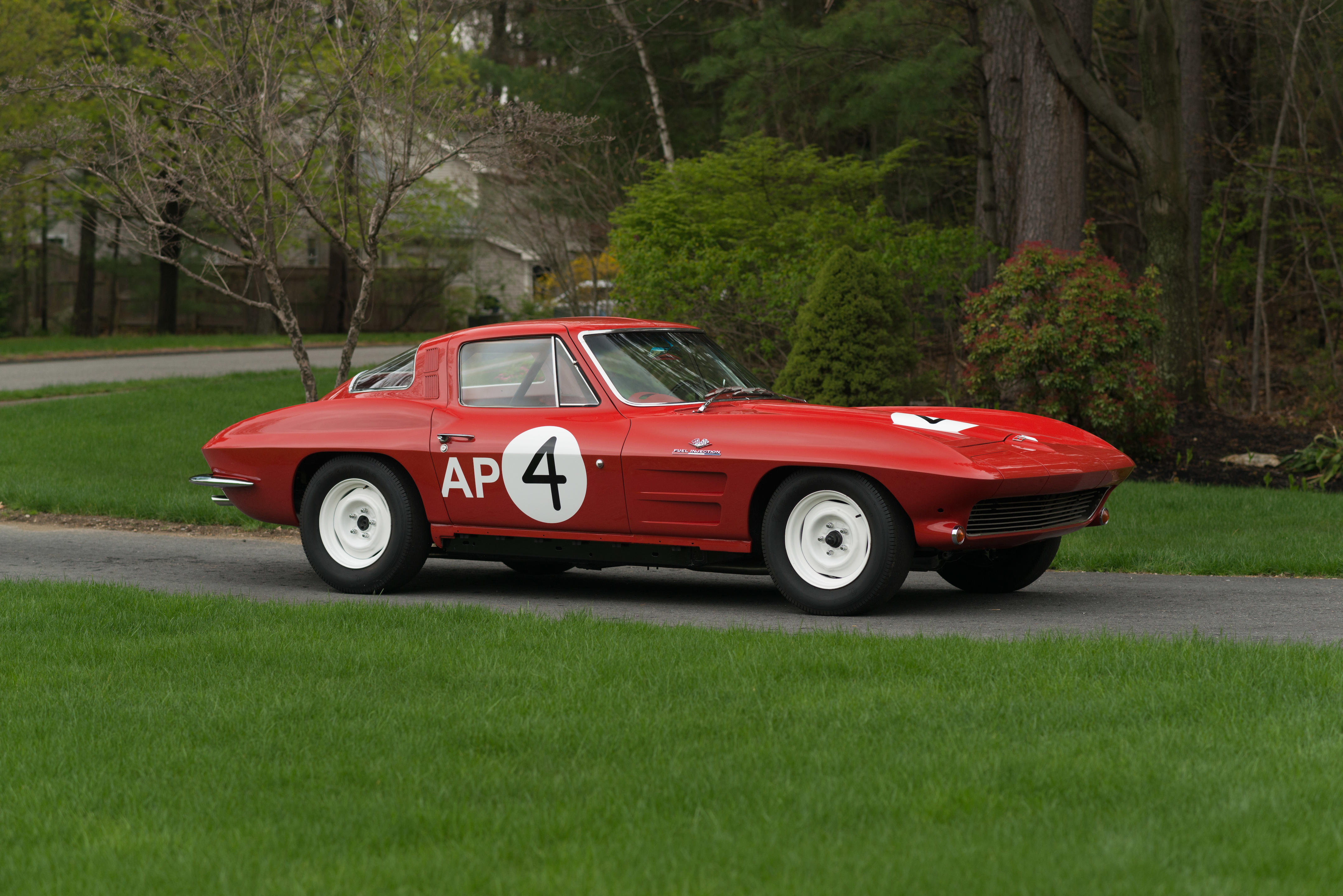
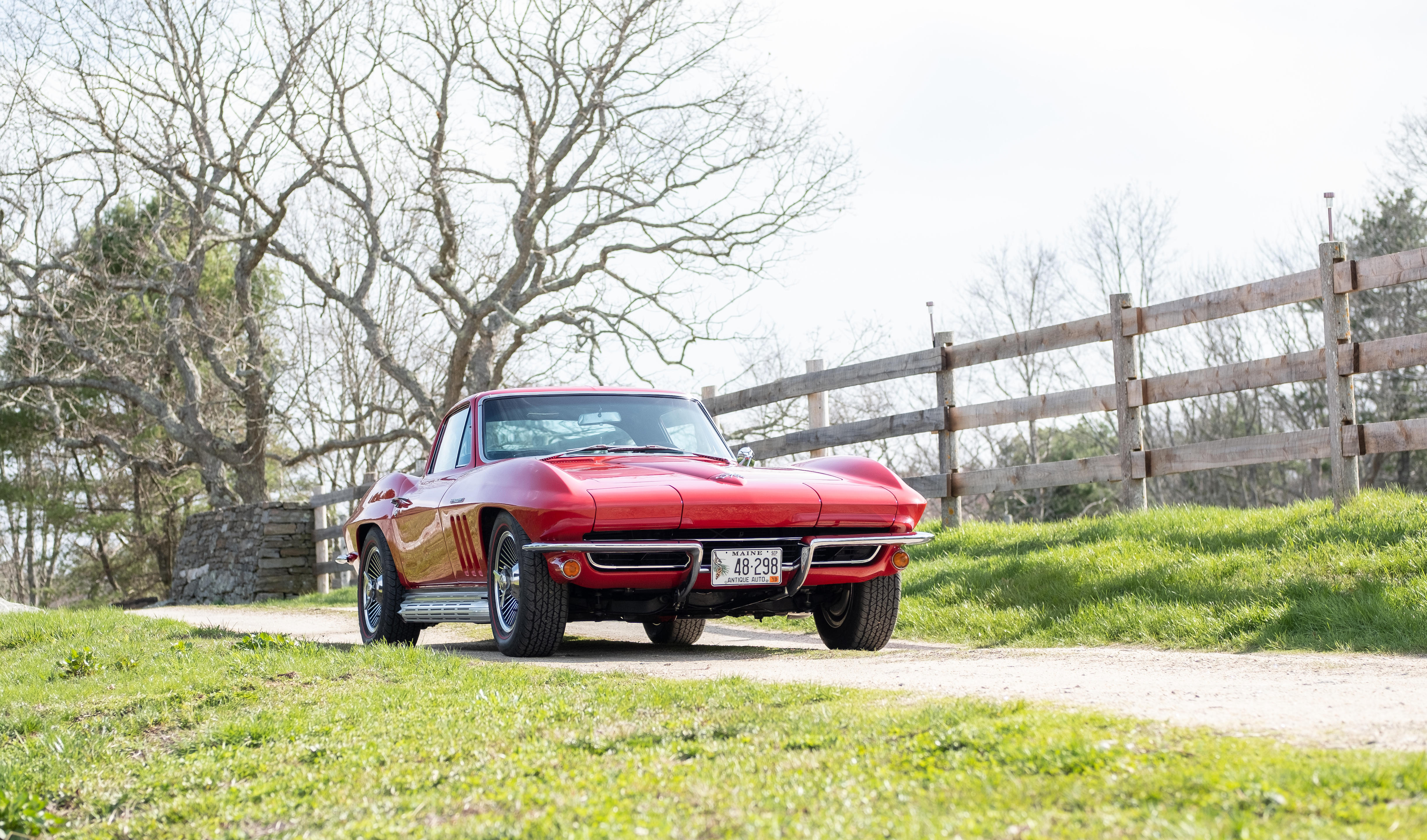
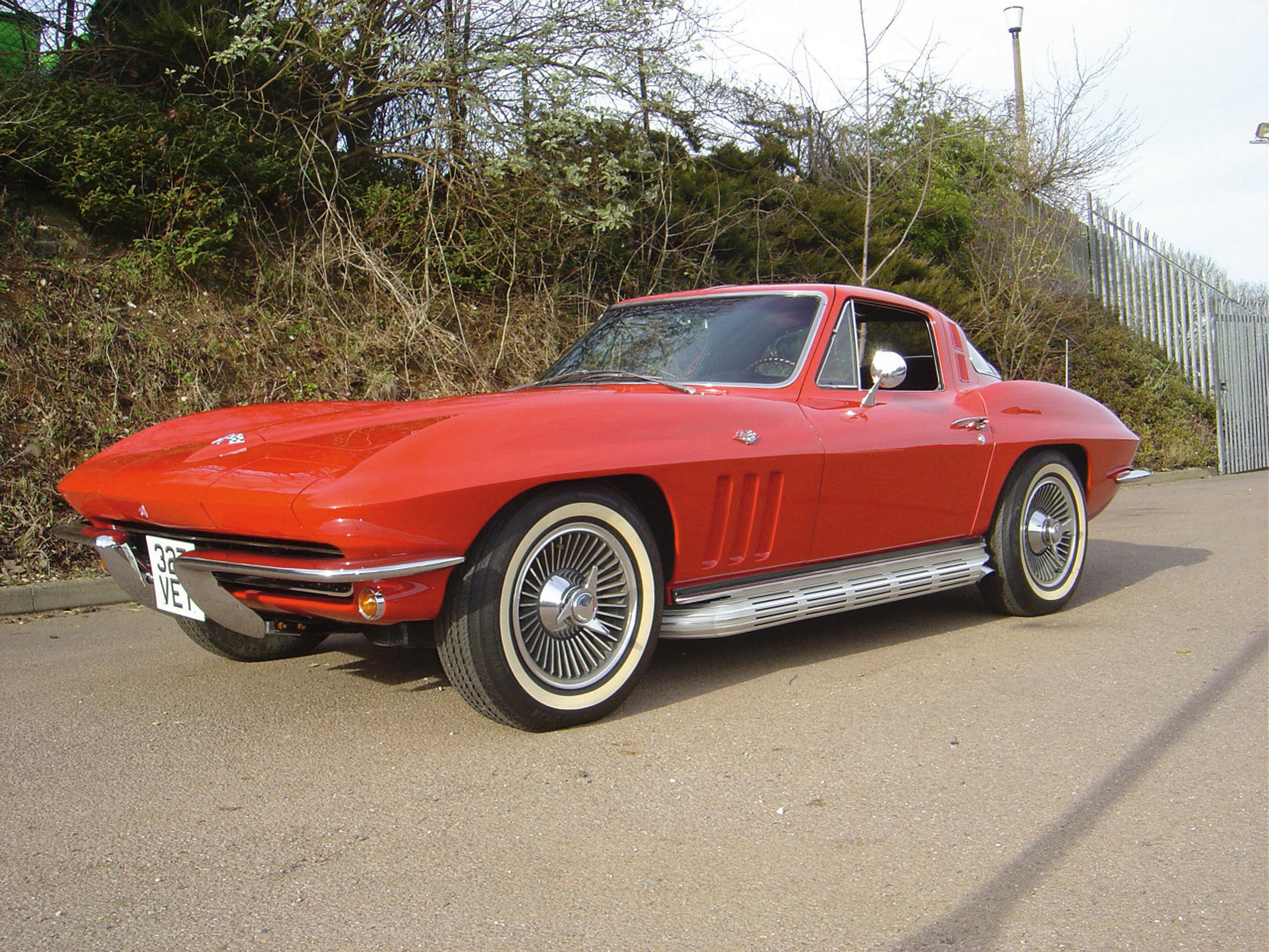





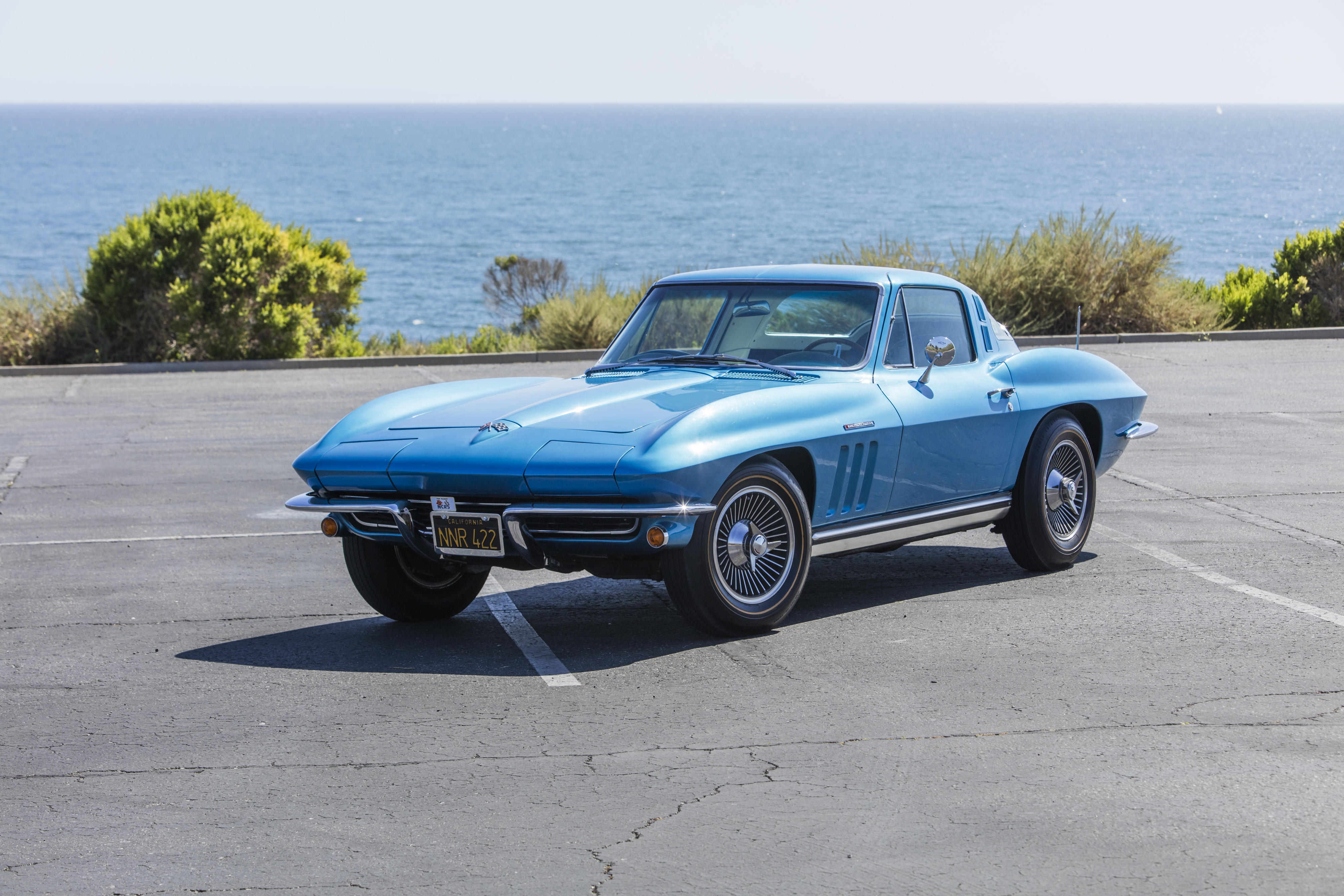
Testen Sie LotSearch und seine Premium-Features 7 Tage - ohne Kosten!
Lassen Sie sich automatisch über neue Objekte in kommenden Auktionen benachrichtigen.
Suchauftrag anlegen